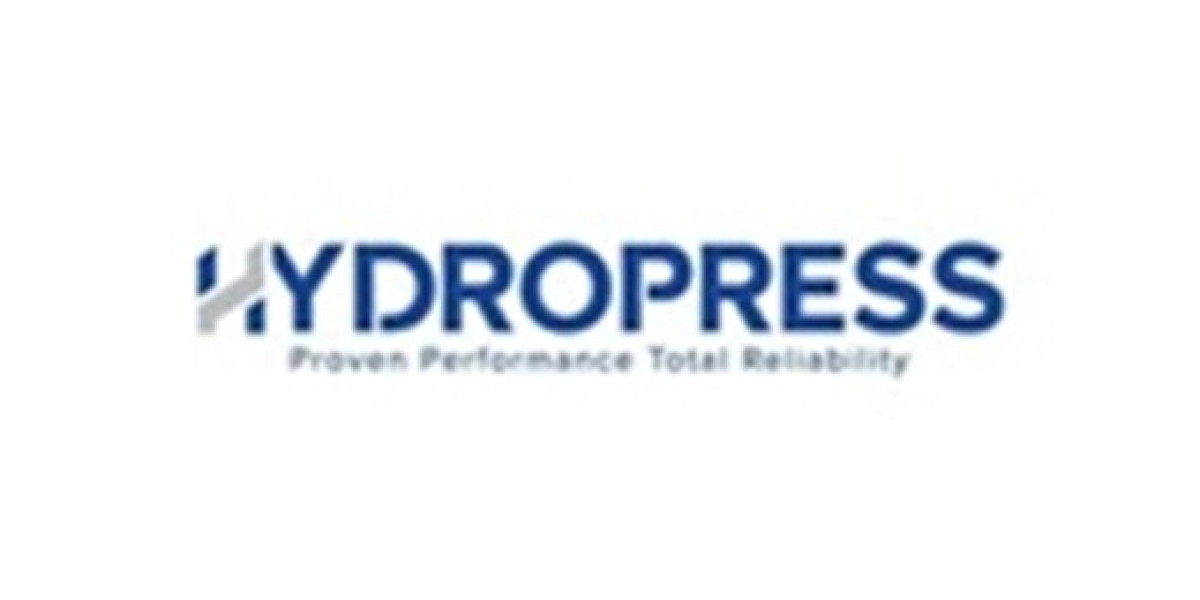Introduction
Soft washing has emerged as a preferred method for cleaning delicate surfaces, such as roofs and siding, without causing damage. At the heart of effective soft washing systems is the proportioner soft wash, a crucial component that ensures the right mix of water and cleaning solutions. This article explores what proportioners are, how they work, and their benefits in soft washing applications.
What is a Proportioner in Soft Washing?
A proportioner is a specialized device designed to mix chemicals and water in specific ratios. This ensures that the cleaning solution is effective yet gentle enough to protect surfaces. Proportioners are essential for soft washing systems, enabling users to achieve consistent results with every application.
How Proportioners Work
Proportioners operate by drawing from both a chemical reservoir and a water source. Using either a venturi system or a diaphragm pump, the device combines these elements to create a pressurized mixture. This mixture is then applied through a soft wash nozzle, allowing for an even and efficient cleaning process.
Venturi System: This system uses the principle of fluid dynamics to create a vacuum that draws the cleaning solution into the water stream. It is often preferred for its simplicity and effectiveness.
Diaphragm Pump: This type uses a pump to create pressure, allowing for precise control over the mixture ratios. Diaphragm pumps are suitable for users needing higher pressure and more consistent flow rates.
Benefits of Using a Proportioner in Soft Washing
Consistency: Proportioners ensure that the correct ratio of cleaning solution to water is maintained, leading to consistent results across different jobs.
Efficiency: Mixing solutions on-site can be time-consuming. Proportioners streamline this process, allowing for faster application and reduced downtime.
Surface Protection: By controlling the concentration of chemicals, proportioners help prevent damage to sensitive surfaces, making them ideal for tasks like roof cleaning and exterior washing.
Cost-Effectiveness: Using a proportioner can help reduce chemical waste, making it a more economical choice for professional cleaners.
Choosing the Right Proportioner
When selecting a proportioner for your soft washing needs, consider the following factors:
Type of Work: Determine whether you need a venturi system or a diaphragm pump based on the types of surfaces you’ll be cleaning and the pressure required.
Flow Rate: Look for a proportioner that can handle the flow rate necessary for your cleaning tasks.
Ease of Use: Choose a model that is user-friendly and compatible with your existing equipment.
Durability: Opt for a proportioner made from high-quality materials to withstand the rigors of daily use.
Maintenance Tips for Proportioners
To keep your proportioner in top condition, follow these maintenance tips:
Regular Cleaning: After each use, flush the system with clean water to prevent chemical buildup.
Inspect Components: Regularly check hoses, nozzles, and fittings for wear and tear.
Store Properly: Store your proportioner in a cool, dry place to avoid damage from extreme temperatures.
Conclusion
Incorporating a proportioner into your soft washing system can significantly enhance your cleaning efficiency and effectiveness. By understanding the function and benefits of proportioners, you can make informed choices that will elevate your cleaning projects, ensuring excellent results while preserving the integrity of delicate surfaces. Whether you are a professional cleaner or a DIY enthusiast, investing in a quality proportioner is a step toward achieving superior soft washing outcomes.








